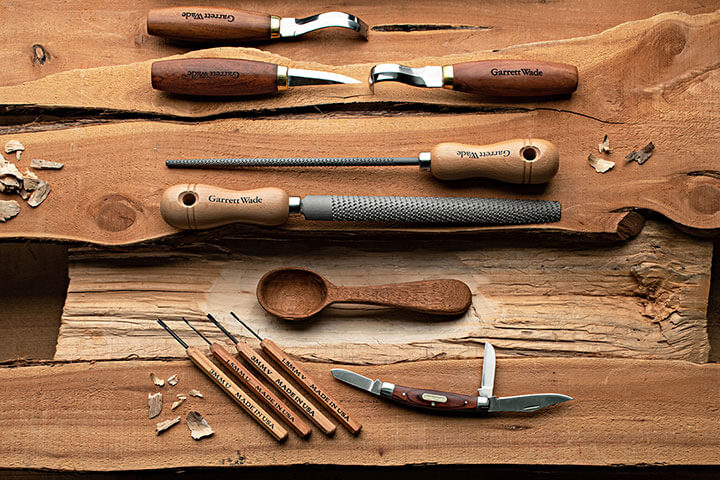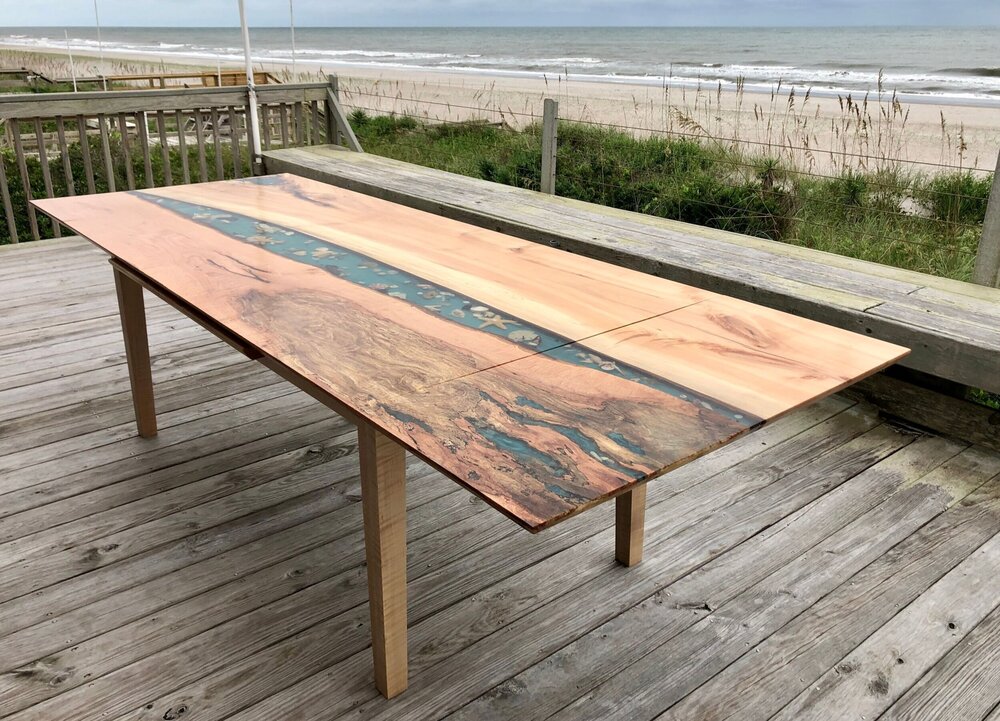
Woodwork beginners often struggle with the exact same issues: lack of confidence and patience as well as poor work quality. But these basic tips can make all the difference. Here are 15 tips for woodworking with pallets. Each of them will improve your results. This problem can be illustrated by using a power saw. Another tip for woodworking on pallets is simple but effective. A piece of thin sandpaper can be taped to the back of the workpiece to prevent it from slipping onto the bench.
15 essential tips for pallet woodworking
Here are some key points to keep in mind before you begin pallet woodworking. This type of wood can be dangerous so make sure you have safety gear on hand and a stable work surface. Wood clamps can be used to secure the pallet during cutting. Each tool has safety guidelines. Pallet wood can be messy so it's best not to get your hands or fingers dirty.
It can be tricky to take apart a pallet, and you must be patient when doing so. Avoid getting lost in a maze of nails and scraps. This will make it easier to work faster. Make sure you use thick work gloves and eye goggles to prevent injury and damage to your eyes. You must arrange the wood according its size and color after disassembling a pallet. Otherwise, the nails will stick out and leave a large hole in your wood.

Using power saws
There are many types of power saws for woodworkers who are just beginning. Some can be used for simple tasks, while others have more power and can be used to tackle more challenging projects. All of these tools have pros and con's, so you should decide which one you need before purchasing. There are two types of power saws, the table saw or the jigsaw. You can use table saws to cut both wood and other materials.
A portable saw, whether you're using it for a door frame project or a molding project is an indispensable tool in any toolbox. A portable saw can be used to make clean cuts without having to deal with the hassle and mess of a tablesaw. You can also use a power saw for precise cuts that are quick and accurate. Safety is an important factor when using powersaws. Make sure you are familiar with proper blade care and protective gear.
Keeping workpieces off bench surface during finishing
Finishing workpieces should be kept off the workbench's surface. You should keep your workpieces off the workbench's surface if you are using it to finish woodwork. A shiny film finish on a workbench may cause your workpieces slide across the floor and crack when it is struck with a nail. Danish Oil, an oil/varnish mixture sold under the name of Danish Oil, is a good choice. Also, boiled Linseed Oil is a good alternative. Windows can shine light onto a wall that holds up a workbench.
Using duct tape on the back of thin sandpaper
There are many different types of sandpaper. Some are cloth-backed, while others have PET film or fiber backings. The backings may be attached to the paper or can form their own support structure. For irregular surfaces, a flexible backing is best, while an inflexible backing tends to scuff and rip, creating a rougher finish than desired.

You can make your sandpaper flexible by attaching a piece old duct tape to the back of a thin layer of sandpaper. This is a cheap and quick way to make it more flexible. These strips work well for sanding staffs, spears and dowels.
FAQ
What tools should I start with when becoming a woodworker?
Woodworking is an art that takes patience and practice. It takes time to learn how to use all the different tools and techniques required for woodworking.
There are many types of woodworking equipment on the market today. Some people prefer using power tools while others prefer hand tools.
The choice is yours, but you must ensure you choose the right tool for the job. You might start with a simple set of tools if you don't have much experience.
Another option is to learn how to use a router, which is used for cutting intricate shapes into wood. These tools can be purchased at most hardware stores.
Where do I get my woodworking supplies?
There are many places that you can find all the information you need. For example, you could visit local hardware stores or look online at websites like Amazon.com.
You can also check garage sales and flea markets for old furniture and other materials you can reuse.
What kind of wood should you use?
Oak, maple, cherry and mahogany are the most common wood types used for woodworking. Each wood variety has distinct characteristics that influence the final product's look and feel. Oak, for instance, is darker and harder than most other woods. Birch is light and soft, while mahogany can be heavier and more dense. There are two options: solid wood and veneers. Veneers are thin wood sheets that are glued together to form one layer.
Do I have the potential to make a decent living doing this?
Yes! In fact, many woodworkers already do. According to the U.S. Bureau of Labor Statistics (BLS), the median annual wage for woodworkers was $34,000 in May 2012. This is much higher than the national median of $31,000 per annum.
Which woods are good to use for furniture-making?
Woods are classified based on their hardness. Softwoods are pine, cedar and cypress. Because they resist rot, softwoods can be used to make outdoor furniture. These hardwoods include maple, mahogany and teak. They can't withstand the elements outside so they're best kept indoors.
What's the difference between a hobbyist and a professional woodworker?
Hobbyists enjoy making things out of wood, whereas professionals focus more on the quality of their work. Hobbyists are proud of their creations and will often share them with family members and friends. Professionals will spend hours researching designs before they begin working on a project. They will meticulously plan every detail of their work from choosing the right materials to finishing it.
How much money do you need to get going?
Because each project is unique there are no exact numbers. These factors will help you get an estimate of how much money is needed.
-
Material costs
-
Tools and equipment
-
Time spent working on the project
-
Hourly rate
-
What profit are you expecting to earn?
-
Hire help
Start small, if possible. You can make simple boxes or picture frames if you're just getting started. As you gain experience, more difficult projects will become possible.
Statistics
- Woodworkers on the lower end of that spectrum, the bottom 10% to be exact, make roughly $24,000 a year, while the top 10% makes $108,000. (zippia.com)
- If your lumber isn't as dry as you would like when you purchase it (over 22% in Glen Huey's opinion…probably over 10-15% in my opinion), then it's a good idea to let it acclimate to your workshop for a couple of weeks. (woodandshop.com)
- Most woodworkers agree that lumber moisture needs to be under 10% for building furniture. (woodandshop.com)
- Overall employment of woodworkers is projected to grow 8 percent from 2020 to 2030, about as fast as the average for all occupations. (bls.gov)
External Links
How To
How to make wood joints
This tutorial will show you how to join two pieces of wood together. The "pocket hole joint" is a method whereby we drill holes into the wood and glue them together. This method works great if your wood is straight and smooth. You might consider dowel joinery if your wood isn’t straight or flat. Here are the steps
-
Drill Pocket Hole Joints. Start by measuring and marking the spot where the pocket hole joint will be placed. You will then drill 3/4" deep holes through each piece of wood with a jigsaw, handheld drilling machine, or hand-held drill.
-
Sand Smooth. Sanding the edges of the wood will help to prevent the joint from splitting later.
-
Glue Together. Apply glue to both ends of the wood. Let the wood sit for 5 minutes, then clamp it together.
-
Clamp the Pieces Together. Once the glue has dried, clamp the pieces together so they are flush.
-
Trim Joinery. Trimming the joinery after glue has completely dried.
Be sure to leave enough space between each piece so that they can be turned inside-out.